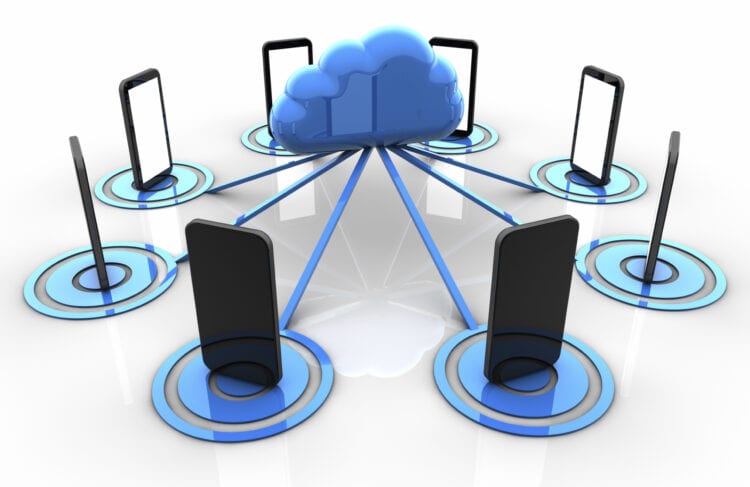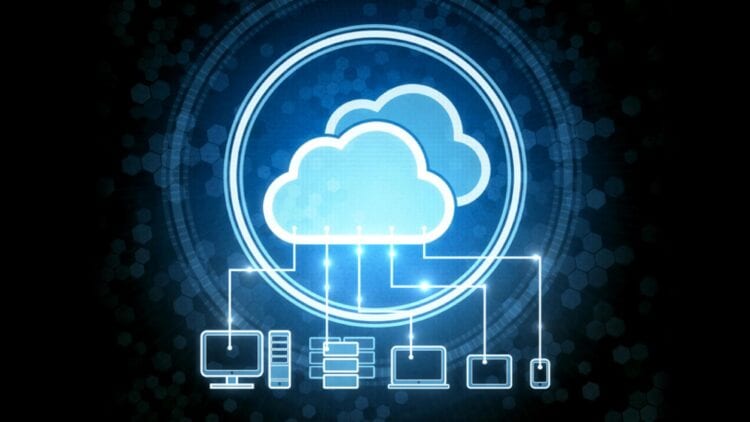Selecting and investing in a new communication system for your company is not easy. For many people, it is slow and intimidating. It usually comes down to choosing between PBX or VoIP. As a business owner, you should evaluate your options and select the best option for your needs.
Although it seems somewhat confusing to those who are not familiar with VoIP (Voice over Internet Protocol) technology, today, VoIP is present in many companies. It is a technology that provides voice communication and multimedia sessions such as video, over Internet Protocol (IP), that is, uses the Internet to offer you Telephony services.
Location of the Virtual Central software system

There are many providers of this service since it is accessible through the Internet. It seems that the origin of the provider does not matter and many times the company (client) contracts the service to providers from abroad and then finds that it has quality problems in communications.
Therefore, it is extremely critical when hiring the service, understanding where the provider’s equipment resides, and if it has a local presence. Although the system is in the cloud, it is not the same if it is located in the USA, Europe or Asia, as if it is located in the country where you want to contract the service.
Why? Because if the system resides in the USA, but the client company is in Argentina, the communication will go from Argentina to the USA and from the USA back to Argentina, when a call is made. Or it will go to the USA and then return to Argentina when a local number is called. This will generate a high delay (on the order of 500 milliseconds or more) and cause poor communication. Also, it is likely that, due to the long distance, you have a greater chance of having connection loss.
On the contrary, if the provider has equipment in the same country where the services are contracted, and the software system is accessible with good Internet interconnections by the provider, then the service may even be of better quality than that of the company. traditional telephony. In this case, the delay will be less than 50 milliseconds, which means that there are no delays for the ear. Also, as the route via the Internet is shorter, the probability of loss will be much less. That is why the perception of quality is remarkable when a company goes from having the service of a provider from abroad and migrates it to a local provider. It is one of the main reasons why many customers have a bad experience with IP telephony in general.
Therefore and to summarize, we can say what pros and cons a traditional PBX system offers vs cloud based phone systems:
PBX
Pros
• Easy installation and commissioning.
• Very economical network infrastructure and simple installation with a two-wire copper wire per extension.
• It is possible to put extensions up to 1,000 meters from the PBX system, without the need for signal regenerators.
• Terminals are normally very cheap.
• They are adapted for the connection of traditional lines, either of the RTB or ISDN type.
Cons
- Being a physical hardware system, it is necessary to purchase, lease, rent, etc.
• The benefits and services of these services are set by the hardware purchased.
• Updating between versions of these systems are more complex and expensive.
• We do want to add more services to the system (scalability). In addition to more terminals, cards must be purchased to provide service to those terminals.
It’s certainly a system that is slowly becoming obsolete, but a new option is Cloud PBX, like The VOIP City, which leaves PBX in the game.
Cloud systems

Regarding Cloud type systems, the advantages and disadvantages can be:
Pros
- The most important and first is the future. In no time all communication systems will be of this type. There is no point in acquiring a system that in a short time may become obsolete, that hinders the growth of the company and that may not be compatible with the type of current telephone services.
• As these systems are based only on a licensing system, it is very easy to migrate the system to other functionalities, such as adding more extensions, DDI, call recording or IVR systems.
• These systems that Unify Communications, by only needing an Internet connection for their global operation, minimize the telephone bill and the costs in this service are considerably reduced. This may be the reason for its rapid introduction and implementation in companies.
• Allows the connection of remote extensions, outside the facilities of the company itself, thus facilitating the teleworking of its employees.
• An infrastructure can be designed in which no physical telephone terminals are needed, drastically minimizing the cost of installing a Cloud-based platform. For this, the use of softphones can only be used both in the local teams of the agents (PC) or in their Smartphones.
• By not having any physical system in our facilities, we will gain space in our CPD as well as the consequent savings in its environmental conditioning.

Cons
- The main disadvantage is that the strength of our organization rests on the robustness of our Internet connection and how a hypothetical fall in this service influences. This disadvantage is solved with an efficient platform backup system.
• Another disadvantage is the security of the system. As it is a system that is located outside our facilities, we must be very careful with the cybersecurity of our infrastructure since any failure in it will compromise our privacy and costs.
• Our network infrastructure must have very strict specifications since all the communications of our company depend on it. A possible fall in a Switch leaves us completely incommunicado and without reaction margin. When we have two systems: Voice and Data, except for electrical failure, we can always attend by phone or electronically: Twitter, email, Facebook, etc.
Conclusion:
It is clear to you that cloud based phone systems are the future. But not only the future, but also the present. Although they have certain shortcomings, they are absolutely possible to overcome. Especially with the improvement of the internet connection, which happens literally every day, you will not have to worry.

